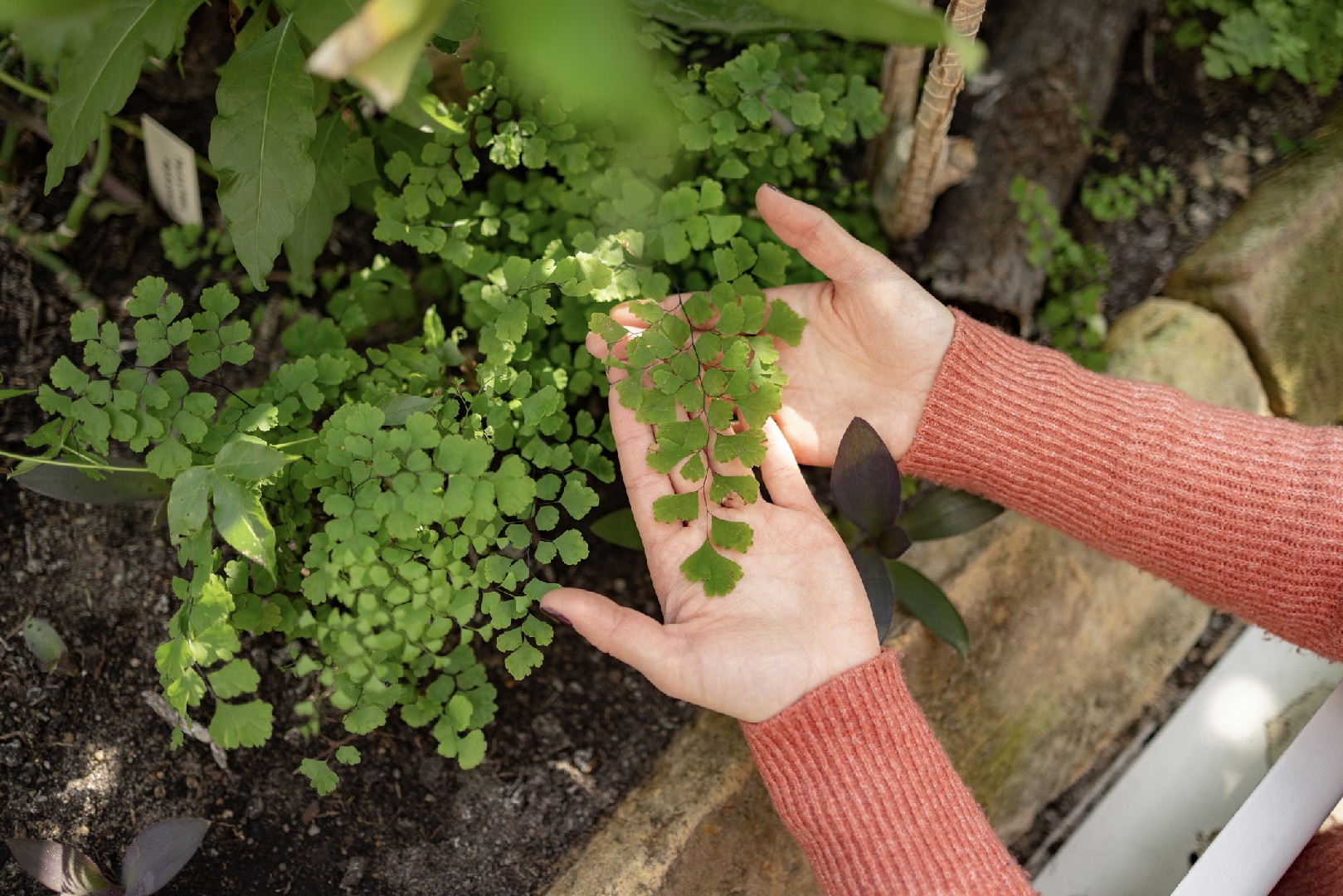![Rectangle]()
Understanding the Basics of Sustainable Harvesting
Sustainable harvesting is a vital practice for anyone with a green thumb who wants to protect the environment and promote a healthier planet. It involves harvesting natural resources in a way that ensures their long-term availability while minimizing the negative impact on the ecosystem. Understanding the basics of sustainable harvesting is crucial for anyone who wants to make a positive contribution to the environment.
One of the key principles of sustainable harvesting is maintaining the balance between the demand for natural resources and the regeneration of these resources. This means harvesting only what is needed and allowing enough time for the resources to replenish. For example, if you're harvesting fruits from a tree, you should only pick the ripe ones and leave the unripe ones for future harvests. This way, the tree has the chance to reproduce and continue providing fruits for years to come.
To ensure sustainable harvesting, it's important to have knowledge of the life cycles and reproduction processes of the plants or animals you're harvesting from. Understanding the specific requirements for their growth and reproduction will help you make informed decisions about when and how much to harvest. For instance, if you're collecting seeds from a plant, you need to know the optimal time for seed collection to ensure their viability for future plantings.
Another aspect of sustainable harvesting is minimizing waste and ensuring efficient use of harvested resources. This can be achieved by using every part of the harvested resource or finding alternative uses for what would otherwise be discarded. For example, if you're harvesting timber, you can use the branches and smaller trees for firewood or mulch instead of letting them go to waste.
In addition to the environmental benefits, sustainable harvesting aligns with global efforts to combat climate change. By practicing sustainable harvesting, you reduce deforestation and habitat destruction, which are major contributors to greenhouse gas emissions. By preserving and protecting natural habitats, you contribute to the conservation of biodiversity and help maintain a healthy ecosystem.
Furthermore, sustainable harvesting has economic benefits as well. It promotes local biodiversity, which in turn supports the growth of ecotourism. Ecotourism attracts visitors who are interested in experiencing and learning about the unique natural resources and ecosystems, thereby creating employment opportunities and boosting the local economy.
In conclusion, understanding the basics of sustainable harvesting is essential for any green thumb who wants to make a positive impact on the environment. By maintaining a balance between resource demand and regeneration, having knowledge of life cycles and reproduction processes, minimizing waste, and aligning with global efforts to combat climate change, sustainable harvesting ensures the long-term availability of natural resources while promoting economic and environmental benefits. So, let's embrace sustainable practices and cultivate a greener future for generations to come.





